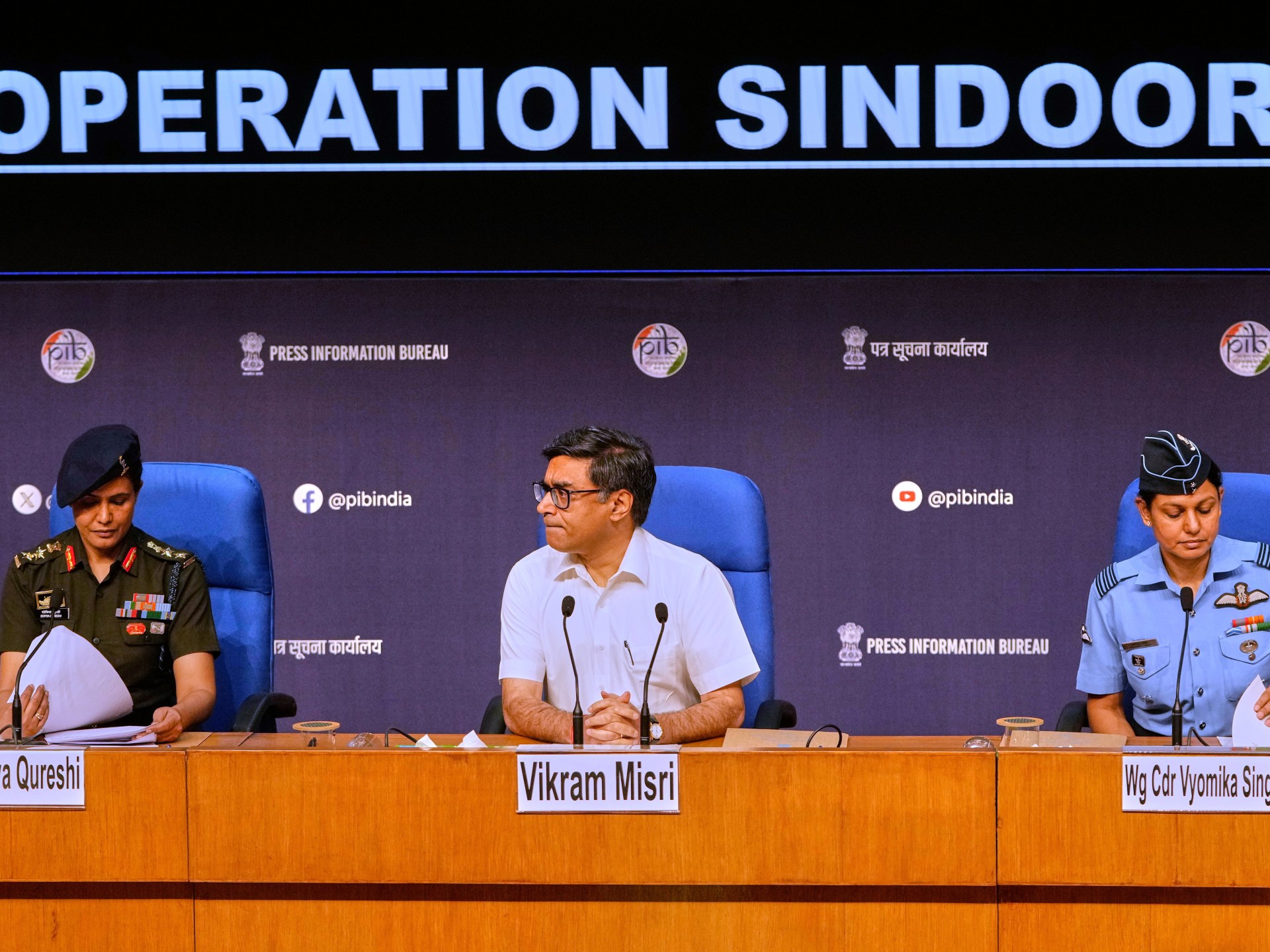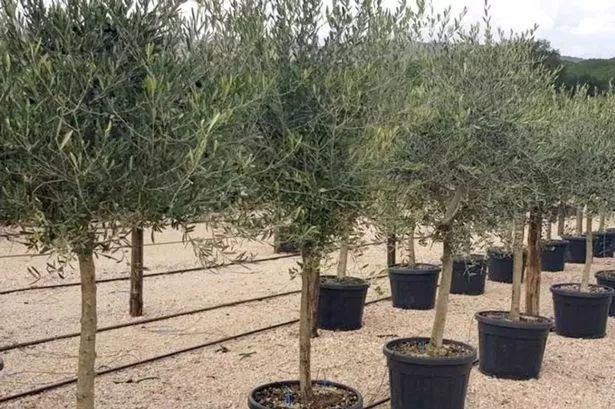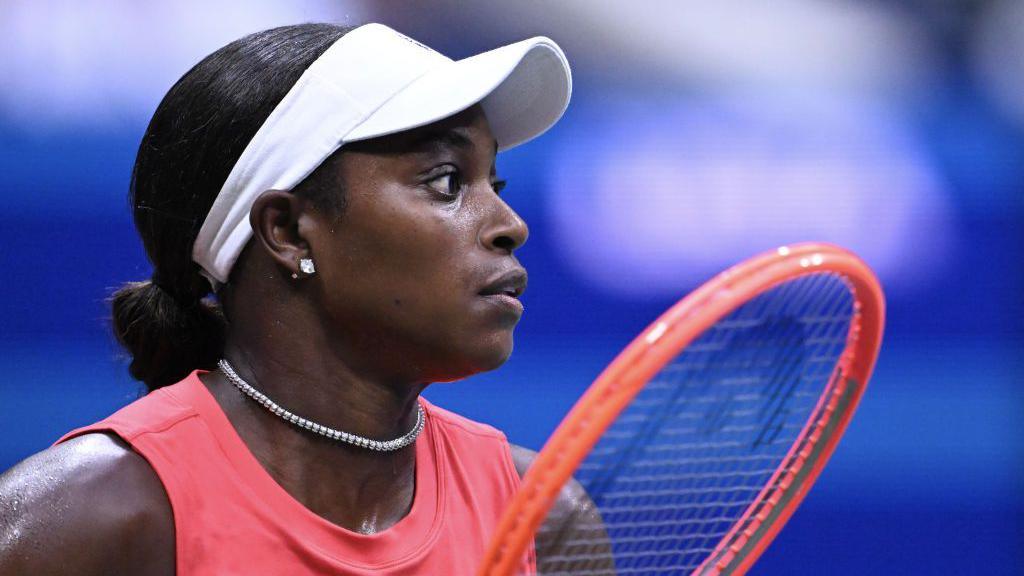When two female officers of the Indian armed forces – one Hindu, one Muslim – took centre stage to announce Operation Sindoor, the government celebrated it as a landmark moment for gender inclusion. The image of uniformed women addressing the media from the front lines, avenging the deaths of 26 civilians, all men, and symbolically restoring the sindoor (vermilion) of widowhood, was widely praised as feminist iconography in service of the nation.
The moment echoed a historical parallel: during the 1971 Indo-Pak War, Prime Minister Indira Gandhi was famously likened to the Hindu warrior Goddess Durga, a symbol of feminine power and nationalist resolve, in recognition of her decisive role in the creation of Bangladesh. That invocation of Durga underscored how Indian political power is often framed through a gendered and mythologised lens, blending statecraft with religious symbolism.
But can women leading war be inherently feminist? Nation-building, as feminist scholars have long warned, is not a gender-neutral project. It reconfigures women into roles that serve its ends: sacrificial mothers, grieving widows, or militant daughters of the nation. Scholars like Nira Yuval-Davis argue that women are positioned as symbolic bearers of the nation’s honour and cultural authenticity but rarely as its political agents. In the Indian context, scholars like Samita Sen and Maitrayee Chaudhuri remind us that women’s public roles have historically been framed not in terms of autonomy, but duty to patriarchal structures. Therefore, the mere presence of women in public or political spheres does not automatically equate to gender justice. Representation must also be interrogated for its objectifying function.
Today’s military feminism, in which women gain visibility in war zones, follows this same path: celebrating women’s ability to “be like men” while leaving untouched the masculine and patriarchal foundations of militarism itself. This can be observed in Operation Sindoor, which projects the spectacle of two women in uniform as feminist optics, while the script they perform remains deeply patriarchal, demanding women prove their worth through masculine-coded nationalism.
Such feminist optics align neatly with the ideological framework of the Rashtriya Swayamsevak Sangh (RSS). Founded in 1925, the RSS is a Hindu nationalist organisation that serves as the ideological parent of India’s ruling Bharatiya Janata Party (BJP). It envisions India as a Hindu rashtra (nation), advocating cultural nationalism rooted in Hindu traditions and values. Scholars like Christophe Jaffrelot argue that the RSS fosters majoritarianism and undermines India’s secular fabric. Its paramilitary structure and emphasis on discipline and nationalism reveal its aim of deepening the hierarchical and patriarchal structure of Indian society.
The women’s auxiliaries of the RSS – the Rashtra Sevika Samiti and Durga Vahini – reflect and reinforce this patriarchal vision. These groups have long trained women in martial arts and ideological devotion not for feminist liberation, but to protect the Hindu rashtra. The aesthetics of Operation Sindoor – its saffron undertones, warrior femininity, and choreographed resolve – mirror this legacy. As Bina D’Costa’s work on gender and war in South Asia underscores, women’s bodies often become vehicles of nationalist redemption. The inclusion of a Muslim officer in this tableau may appear to signal secular pluralism. But as D’Costa warns, such inclusions often serve to legitimise exclusionary frameworks. Her presence sanitises a majoritarian script by casting minority visibility as proof of national unity, even as Islamophobic currents persist in broader public discourse.
Sindoor – the red vermilion powder traditionally applied by Hindu wives on their head – symbolises marital status, wifely devotion, and the ideal of the “good” woman. It also invokes Goddess Durga. In Hindu Wife, Hindu Nation, historian Tanika Sarkar explores how nationalist discourse fuses the sanctity of the wife with that of the motherland. The very name Operation Sindoor weaponises this metaphor: it promises to avenge broken marital bonds through military strikes on Pakistan, thereby “restoring” the honour of Hindu widows. Yet this operation also constructs a tableau of women rendered widowed – stripped of their sindoor – whose grief is appropriated as nationalist fuel.
As feminist historian Urvashi Butalia reminds us, women’s bodies and symbols become “testimonies of war.” In this context, sindoor represents not what widows possess, but what they have lost: honour, status, and social security. In the imagined redemptive arc of the nation, sindoor is not merely restored – it becomes a badge of nationalist virtue. The two women officers are cast not as autonomous agents, but as foot soldiers of a mythical motherland – extensions of the same patriarchal script that has long confined Indian women to domestic altars.
What is celebrated here is not women’s liberation, but their assimilation into a militant masculine narrative. Militarised femininity is constructed to legitimise state violence, not resist it. It is crucial to debunk symbols and interrogate the hierarchies they represent.
What exactly is being applauded when female officers lead a war? Is it the war itself, or the fact that women are participating in it, that is considered “feminist”? The gender metaphor in this spectacle casts women into patriarchal frameworks where they must emulate men to legitimise their agency. By celebrating these officers, the state co-opts women’s leadership to validate militarism while leaving intact the structures that perpetuate gendered violence.
Feminist agency demands that women define the terms of their engagement. Here, those terms are dictated by the patriarchal nationalism of the RSS ideology. The two officers did not challenge gender norms; they stepped into a pre-written script that equates womanhood with wifely duty to the nation. Their exalted martial roles serve to naturalise militarism, even as they are packaged as gender progress. The inclusion of a Muslim officer is not incidental. In the ideological universe of Durga Vahini, non-Hindu women can be co-opted, so long as they defend the Hindu “family”. This token inclusion supports an illusion of pluralism, while systemic marginalisation of Muslim citizens continues unabated.
Feminist movements have historically challenged the logic of war itself, not simply who wages it. If we accept that nation-building is inherently patriarchal, the solution cannot lie in merely enlisting more women into patriarchal institutions. Instead, we must interrogate the very optics of national honour that equate women’s value with wifely symbols and martial sacrifice.
Feminist politics in war must decentre militarism, prioritise civilian protection, and insist that women’s leadership be recognised in peacebuilding, rehabilitation, and policymaking — arenas where the absence of sindoor cannot be remedied by bombs or bravado. True gender justice in national security would uplift dissenting women leaders who refuse to be conscripted into patriarchal metaphors, provide material support to widows, and reject marital symbolism as a proxy for state virtue.
Operation Sindoor may make for powerful headlines. But behind the illusion of feminist triumph lies an old patriarchal script: women as metaphors of the motherland, valued only when they serve its wartime needs. Liberation lies not in militarised spectacle, but in dismantling the gendered metaphors that bind women to nationalist rites – and expanding the meaning of agency beyond the theatre of war.











